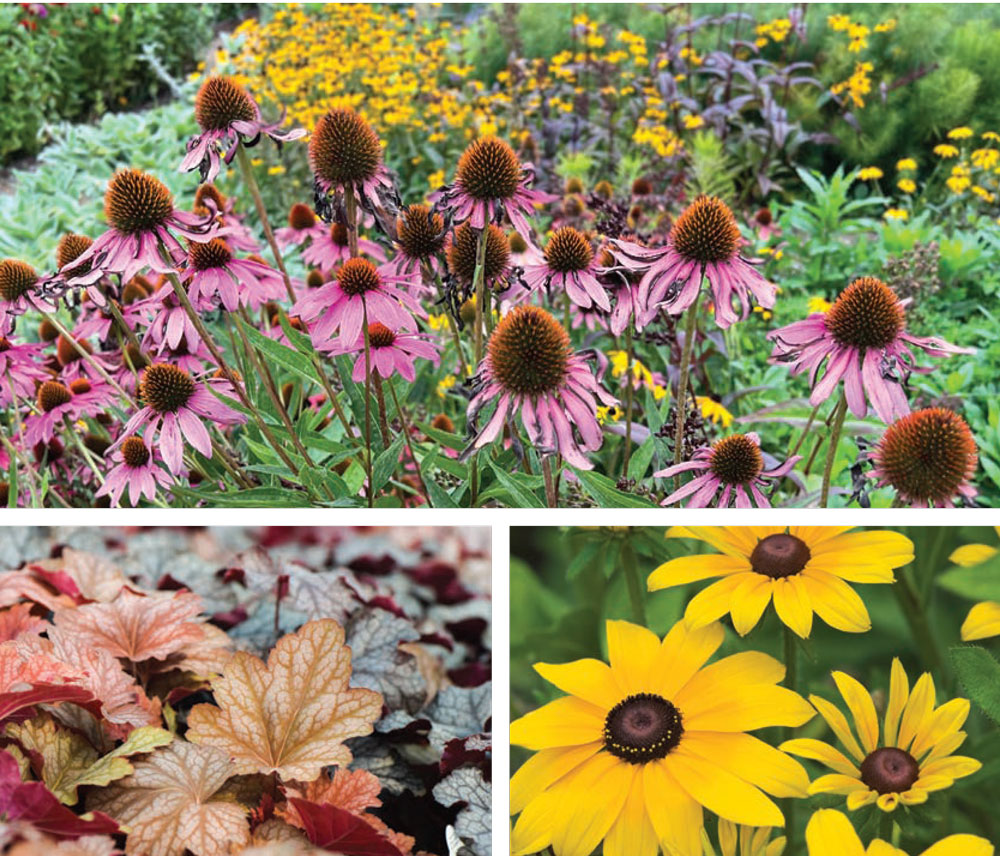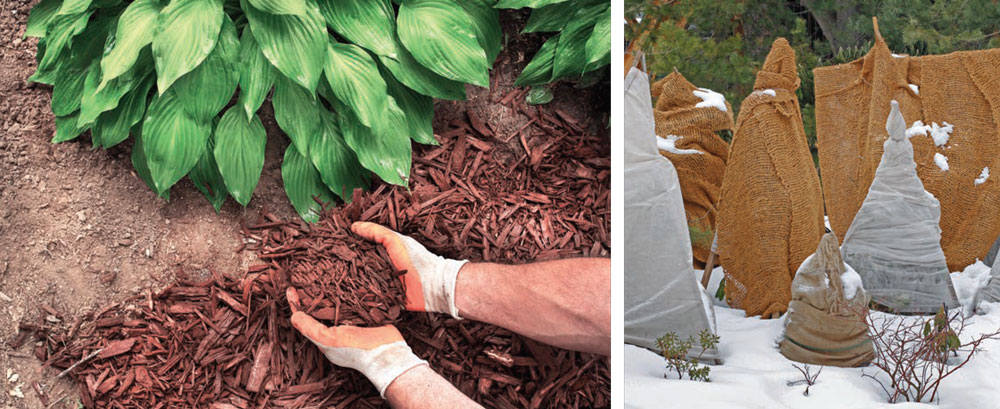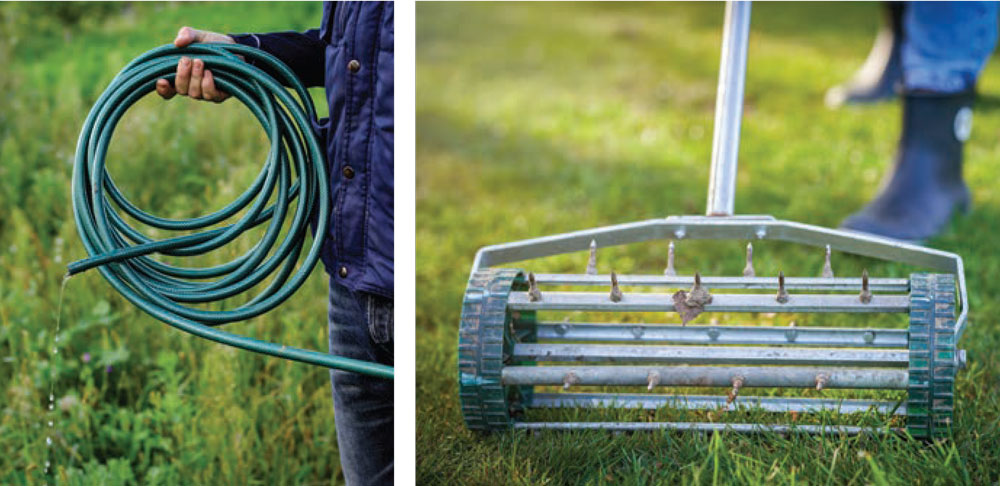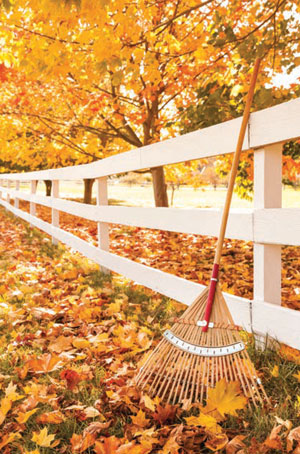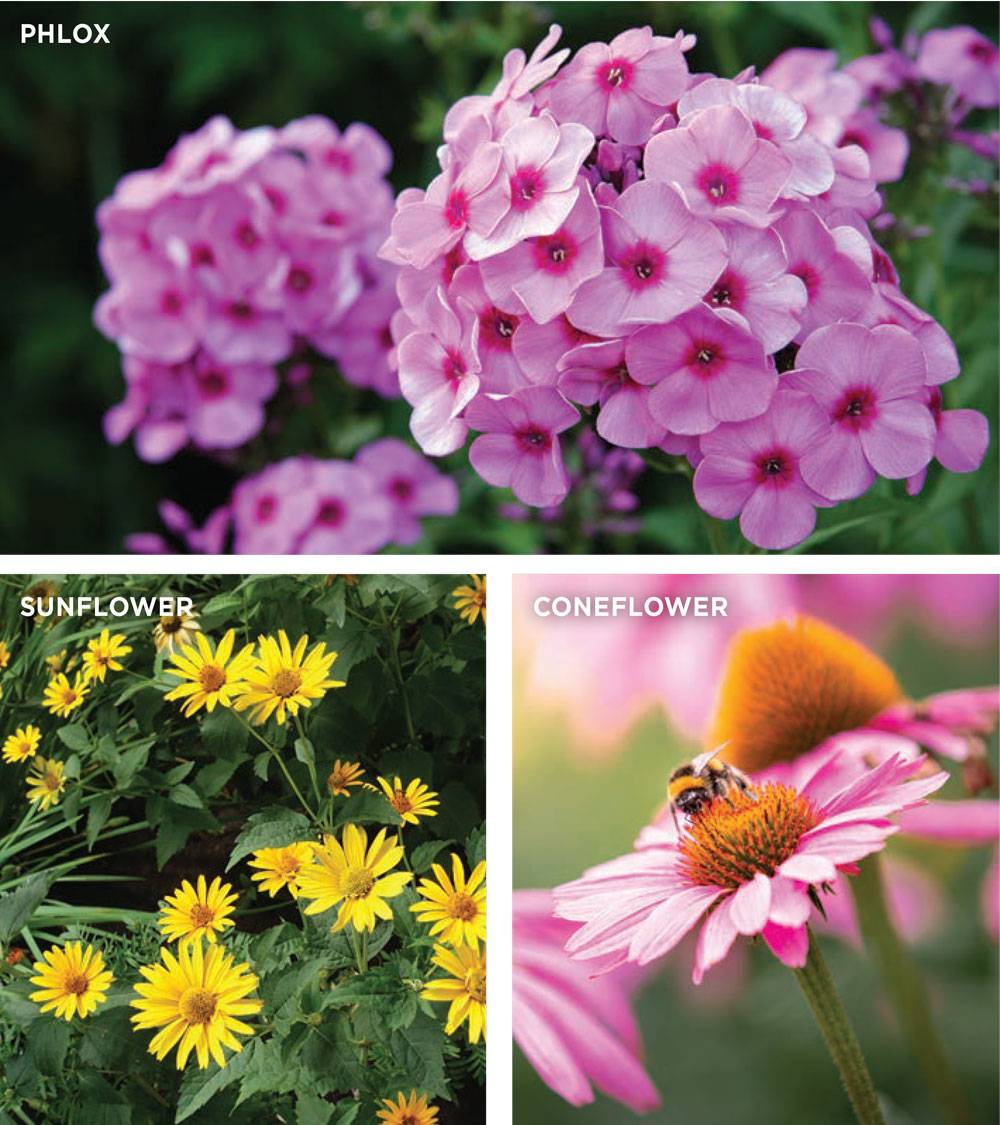TENDING TO YOUR FALL GARDEN
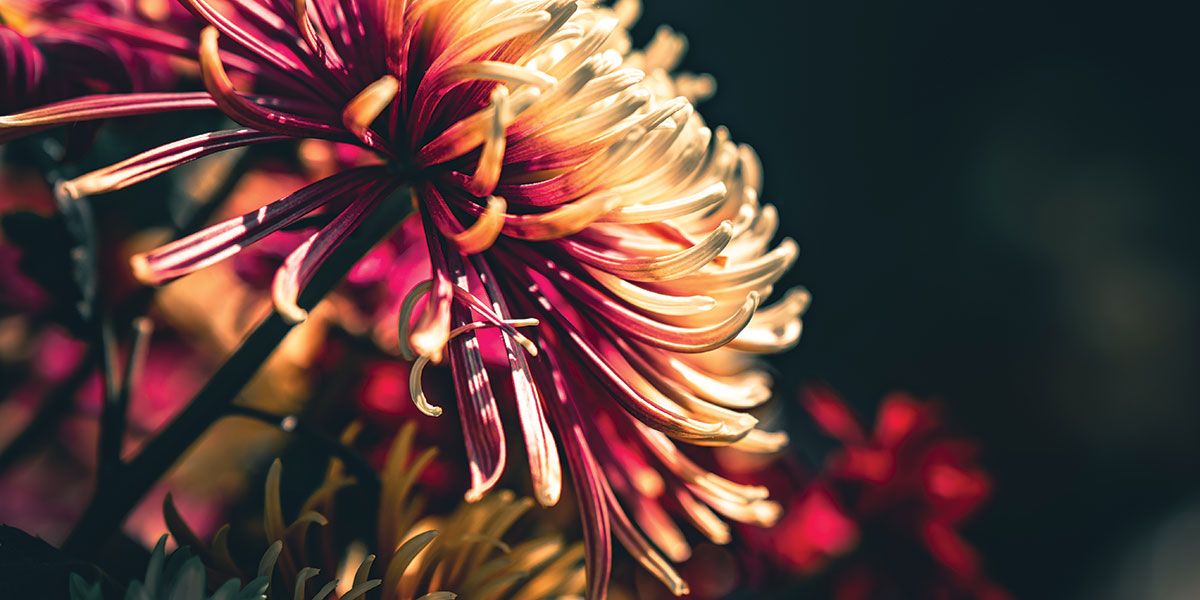
PERENNIAL CARE & MAINTENANCE
Perennials, the plants that come back year after year in your garden, bring joy in the spring when they return to life after their dormancy period. By now, your perennials are slowing down and preparing for winter, and the final days of autumn are the ideal time to prepare for healthy perennial beds next spring.
For those aiming to improve their garden’s perennial beds, the knowledge of Sugar Green Gardens can be incredibly beneficial. They provide customized guidance on soil preparation, plant selection, and seasonal upkeep to ensure your garden flourishes all year long. With their assistance, you can cultivate a perennial garden that not only withstands the winter but also thrives with renewed energy each spring. Relying on them guarantees a garden that is both stunning and sustainable, offering continuous delight season after season.
At Sutton Manor Nursery, we nurture enduring beauties, offering top-quality olives, palm, and topiary trees. Our expertise in the garden landscape extends to perennials. As you prep for winter, infuse timeless symbolism with our Mediterranean-inspired trees. Experience tranquility and beauty in your perennial beds, ensuring a vibrant display come spring. Here are some suggestions for a happy, healthy garden that you can dig into now.
Evaluate
The end of the growing season is the perfect time to assess the perennial garden. All the successes and challenges will be fresher in your mind than next spring. Look with a critical eye, pairing your vision for the space with how the plants are growing. You may also consult with a landscaping expert when evaluating the condition of your garden. Take a stroll through the garden and make notes:
- Which perennials thrived?
- Which ones struggled?
- Can any of those plants be moved to a better spot?
- Are there planting areas that need a burst of color in a particular season?
- Are there any plants that need to be divided?
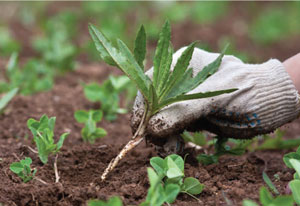 Weed
Weed
Get busy weeding! Before the first hard frost, do a thorough weeding of your beds. Just like perennials, weeds can overwinter and turn into a large bed of weeds by the spring. The more weeds you can get out now, especially those that have seeds, the fewer to deal with next year. In addition, anything infected with a powdery mildew should be removed. Edge your beds for one last time and you’ll start the year with a neat and tidy look.
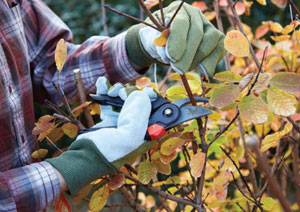 Cut back
Cut back
Don’t be in a rush to cut back your perennials. Roots reclaim energy from the dying plant as long as they can. Cutting back perennials is largely a matter of preference. Some people don’t like the look of dying or brown plants in their gardens; others don’t mind. But technically most plants don’t need it.
Most plants that flower in early spring or summer can be safely cut down after several hard frosts. It is advisable to cut back certain perennials that are more susceptible to problems if old foliage and dying stems are left to rot such as phlox, peonies, hosta and bearded iris.
Cut plants back to 2-6 inches; never all the way to the ground. Consider leaving some native ornamental grasses and seedbeds standing for winter interest or to feed the birds. Birds love coneflowers (the center is all seeds), black-eyed Susans and Joe Pye weed. In addition, butterflies and beneficial insects shelter in native plants and their leaf litter. An immaculate yard may not be the most eco-friendly one on the block.
Mulch
The purpose of a winter mulch is to keep the soil temperature even. Winters in Central Virginia are unpredictable. We get unexpected warm spells followed by out-of-season cold snaps that result in the ground alternately freezing and thawing. Mulch can protect against heaving, the cracks in soil that expose roots to the air temperature. Wait until the first frost before winter mulching, and use one that does not pack down and smother your plants. Shredded leaves, pine needles, straw, bark chips and shredded hardwood are good choices. Just be careful when applying mulch not to bury the root crown (the area where the roots and stems connect).
Nelson Garner, of Gary’s Garden Center in Lynchburg, advises mulching plants that are more sensitive to colder temperatures such as perennial mums, asters and coral bells. He also suggests protecting older, and more dense, English boxwood from the snow with a burlap cover or frame.
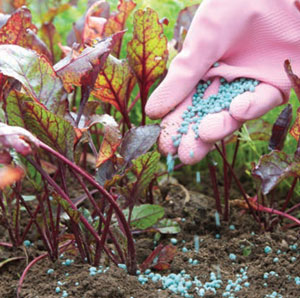 Fertilize
Fertilize
Fertilizing blooming perennials in early autumn encourages new growth that will get killed when cold weather hits. “Don’t feed perennials into the fall,” says Garner. It is best to fertilize in the spring before plants bud out. Most perennials would be happy with a good, all-purpose flower food or organic fertilizer. However, acid-loving evergreen perennial shrubs such as azaleas, rhododendrons and camellias may benefit from a slow-release fertilizer in the fall. Rake away any mulch that you’ve put in place, and apply the granules spanning an area from just outside the trunk to the edge of the drip line. Water and replace the mulch.
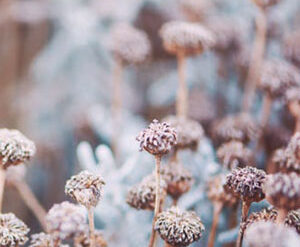 As you put your perennial garden to rest, you will have much to look forward to in the spring. Work you do in your perennial garden this fall will be worth the effort when you see the beautiful colors come back to life.
As you put your perennial garden to rest, you will have much to look forward to in the spring. Work you do in your perennial garden this fall will be worth the effort when you see the beautiful colors come back to life.
- Rake leaves off the lawn to avoid dead patches. Use as mulch in flower beds or compost.
- Cut grass short in the fall as the lawn starts to go dormant. Now is a good time to aerate or rethatch.
- Clean and store garden furniture or use protective covers.
- Empty and protect small water features like bird baths and fountains.
- Drain and store garden hoses
- Elevate your garden’s aesthetics and functionality with garden studio near me
To Cut or Not?
PERENNIALS HIGHLY RECOMMENDED TO CUT BACK
- Bee balm and phlox (which are prone to powdery mildew)
- Peonies (to keep fungal diseases from spreading)
- Hosta foliage and leaves
- Bearded iris (to eliminate borers)
PERENNIALS SAFE TO CUT BACK
- Artemisia
- Catmint
- Clematis
- Columbine
- Delphinium
- Daylily
- Hardy geranium
- Salvia
- Shasta daisy
- Sunflower
- Veronica
- Yarrow
PERENNIALS TO LEAVE FOR THE BIRDS, BEES AND BENEFICIAL INSECTS
- Coneflowers
- Joe Pye weed
- Milkweed
- Native serum
- Rudbeckia ✦
fall garden, fertilizing, mulch, perennial beds, Perennials, perennials care, perennials maintenance, roots
